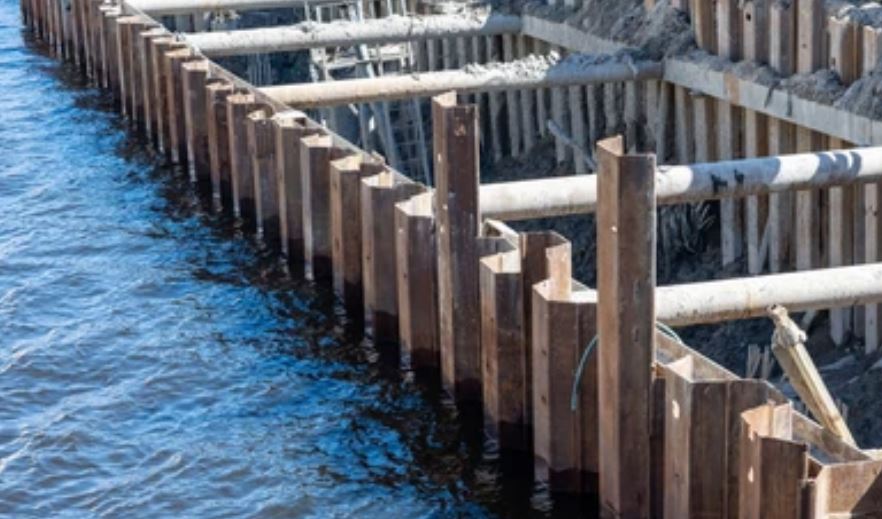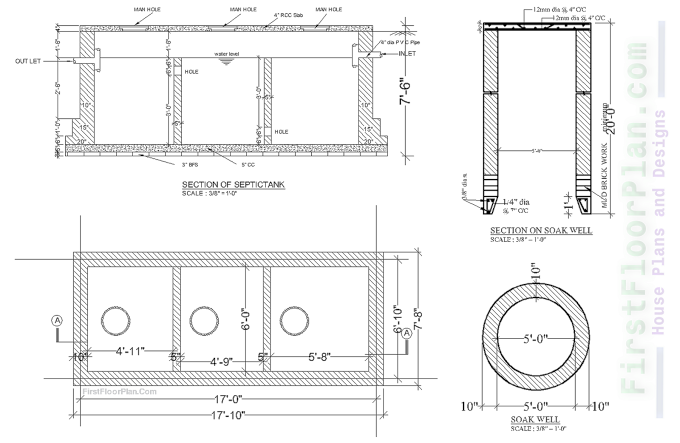Sheet piles, those interlocking steel walls
driven deep into the ground or seabed, play a vital role in construction
projects worldwide. From creating stable foundations for buildings to securing shorelines
from erosion, these versatile structures offer numerous benefits. However, like
any construction technique, sheet pile walls can have both positive and
negative environmental impacts. This article delves into both sides of the
equation, providing a balanced perspective on the environmental pros and cons
of sheet piling.
Environmental Advantages of Sheet Piles:
Steel sheet piles are highly durable and
can be reused for multiple projects. At the end of their lifespan, they can be
recycled, significantly reducing the need for virgin steel production and
minimizing environmental impact associated with mining and processing raw
materials.
Compared to traditional excavation methods
involving extensive digging and earth removal, sheet pile walls require minimal
spoil generation. This reduces the need for off-site disposal, minimizes
transportation emissions, and protects nearby ecosystems from potential
disturbance.
Sheet pile walls excel at preventing
shoreline erosion by acting as a robust barrier against waves and tidal
currents. This helps protect coastal landscapes, habitats, and infrastructure
from the damaging effects of erosion.
In brownfield redevelopment projects, sheet
piles can be employed to effectively contain contaminated soil and groundwater,
preventing them from spreading to surrounding areas. This safeguards public
health and facilitates the safe clean-up and development of these previously
polluted sites.
While not always the case, in certain
situations, properly designed sheet pile walls can create new habitats for
marine life. The nooks and crannies formed by the interlocking panels can
provide shelter and breeding grounds for some fish and aquatic invertebrates.
Environmental Considerations and Potential Disadvantages:
The process of driving sheet piles into the
ground or seabed can generate significant noise pollution, potentially
disrupting wildlife and impacting nearby residents. Utilizing specialized
low-noise hammers or vibration reduction techniques can help mitigate this
issue. Movax
piling and impact hammers are particularly loud.
The installation of sheet pile walls can
temporarily disrupt aquatic ecosystems during construction. Careful planning,
timing of construction activities outside spawning seasons, and minimizing the
footprint of the works can lessen the ecological impact.
Improperly designed sheet pile walls with
gaps or openings can pose a risk of entanglement for marine animals. Smooth
surfaces and appropriate design features can minimize this hazard.
In some cases, sheet pile walls can block
natural light penetration into the water column, potentially impacting
underwater plant life. Consulting with environmental specialists can ensure the
design minimizes light obstruction.
While steel sheet piles offer reusability
benefits, the initial production process involves energy consumption and
greenhouse gas emissions. Utilizing recycled steel wherever possible can help
lessen this environmental footprint.
Environmental Best Practices for Sheet Piling Projects:
Conducting thorough environmental impact
assessments before commencing sheet pile projects is crucial. This allows for
the identification of potential risks and the development of mitigation strategies
to minimize negative environmental impacts.
Specifying sheet piles made from recycled
steel content whenever possible can significantly reduce the environmental
footprint associated with material production.
Employing low-noise hammers or vibration
dampening technologies can significantly reduce noise pollution during pile
driving operations.
Consulting with ecological experts to
understand potential impacts on aquatic ecosystems and implementing mitigation
measures like timing construction outside sensitive periods are essential.
Regular monitoring of sheet pile walls
following installation ensures their continued functionality and prevents
potential environmental issues from arising due to damage or deterioration.
Conclusion:
Sheet piles are a valuable construction
tool with numerous applications. By acknowledging their environmental benefits
and potential drawbacks, we can make informed decisions about their use. By
prioritizing sustainable materials, implementing appropriate mitigation
strategies, and adopting best practices, we can ensure that sheet pile projects
contribute to a sustainable built environment. Partnering with experienced
piling contractors who prioritize environmental considerations is crucial to
ensure a project is completed responsibly with minimal ecological impact.
By striking a balance between the
advantages offered by sheet pile walls and the need to protect our environment,
we can ensure these versatile structures continue to play a vital role in
construction projects while minimizing their environmental footprint.












%20House%20plan%20with%207%20storey%20Apartmen%20building%20Structural%20desing%20%20DWG%20&%20PDF.jpg)